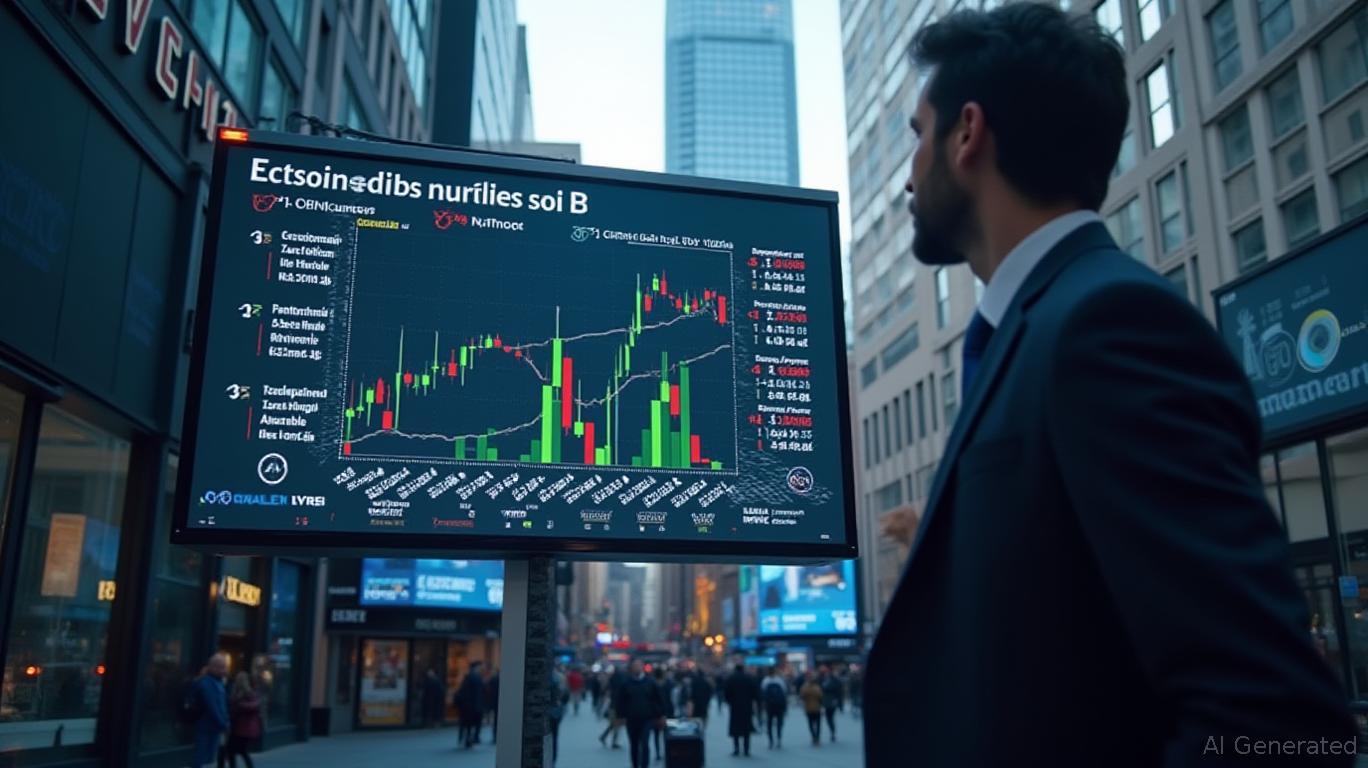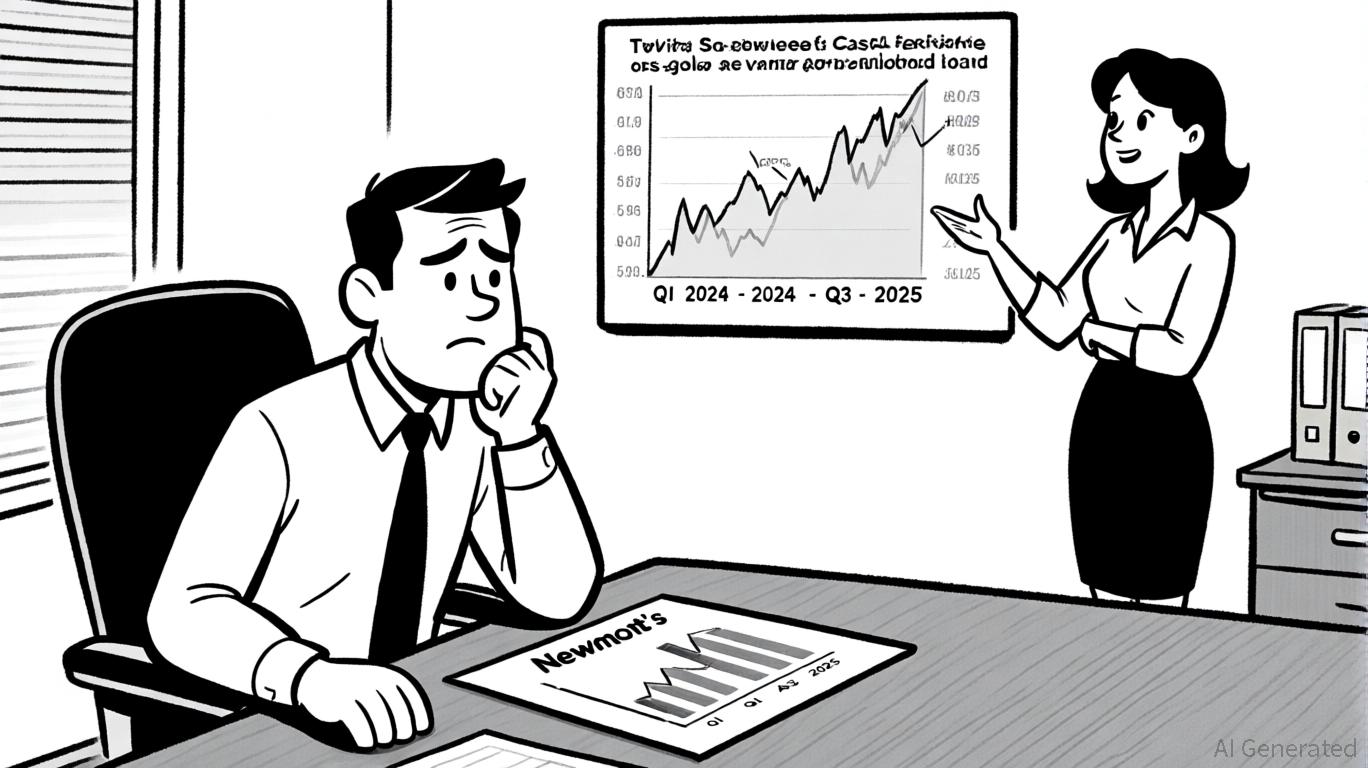The cryptocurrency market has long been shaped by macroeconomic crosswinds, but Bitcoin's resilience in 2025 underscores a critical
. Amid geopolitical turbulence, shifting Federal Reserve policies, and accelerating institutional adoption, the world's largest
is proving its mettle as both a macro hedge and a structural investment. This article argues that near-term volatility presents a buying opportunity, with dovish Fed signals and corporate Bitcoin accumulation trends forming a foundation for sustained gains.
### Fed Policy: Dovish Crosscurrents as Catalysts
The Federal Reserve's June 2025 testimony by Chair Jerome Powell emerges as a pivotal catalyst. Analysts closely monitor his remarks for clues on rate cuts, with traders pricing in two 25-basis-point reductions by year-end. A dovish tilt—such as acknowledging tariff-driven inflation as transitory—could catalyze a risk-on rally, lifting Bitcoin's price. Conversely, hawkish signals might trigger a short-term selloff, particularly if paired with elevated inflation data from the June 27 core PCE release.
The core PCE, the Fed's preferred inflation gauge, is a linchpin. A 0.1% monthly increase (as forecasted) would reinforce rate-cut expectations, potentially pushing Bitcoin toward $100,000. However, reveals a tight link, with declines often coinciding with hawkish surprises. Investors must balance this with geopolitical risks, such as the July 9 tariff deadline, which could reignite inflationary pressures if tariffs are reinstated.
### Institutional Adoption: The 1% Supply Target and Beyond
While macro catalysts dominate headlines, the structural shift in institutional adoption is equally transformative. Metaplanet's bold goal to accumulate 210,000 Bitcoin (1% of supply) by 2027 epitomizes this trend. The Tokyo-based firm's June 2025 purchase of 1,111 BTC—pushing its total holdings to 11,111 BTC—demonstrates a disciplined strategy. Its “BTC Yield” metric, up 306.7% year-to-date, signals a measurable commitment to Bitcoin as a treasury reserve.
Metaplanet is not alone. MicroStrategy's 592,100 BTC hoard and Cardone Capital's real estate-backed Bitcoin purchases ($1.12 billion in holdings as of June) reflect a broader movement. Over 132 public companies now hold 800,000 BTC collectively, a 40% increase since 2023. This institutional momentum creates a “buy-the-dip” floor, as corporations absorb volatility through systematic purchases.
### Geopolitical Risks: A Double-Edged Sword
Geopolitical tensions—particularly Iran's threats to disrupt Middle East shipping—add complexity. While oil markets remain calm, rising shipping costs (up to $80/barrel) could indirectly fuel inflation, complicating Fed decisions. Yet, such instability often boosts Bitcoin's safe-haven appeal. Historical data shows Bitcoin outperforms equities during geopolitical crises, such as the 2020 U.S.-Iran standoff.
The July 9 tariff deadline adds another layer. If reinstated, tariffs could push core PCE above 3%, prompting the Fed to delay cuts. However, this scenario could also accelerate corporate Bitcoin adoption as firms hedge against currency devaluation.
### Navigating Volatility: A Bullish Bias
Near-term headwinds—Fed hesitancy, tariff uncertainty, and geopolitical noise—are inevitable. Yet, these conditions create a buying opportunity for investors with a multi-year horizon. Key considerations:
1.
Technical Support: Bitcoin's $60,000–$65,000 range acts as a critical floor. A breach below $60,000 would signal a deeper correction, but institutional buying could stabilize the market.
2.
Fed Catalyst Timing: A dovish signal in Powell's testimony or a benign PCE print could trigger a 20% rally. Traders should monitor options markets for gamma squeezures.
3.
Institutional Momentum: Metaplanet's roadmap (30,000 BTC by end-2025) and MicroStrategy's refinancing plans provide clear milestones for accumulation.
### Conclusion: Bitcoin's Structural Bull Case
Bitcoin's 2025 journey is a microcosm of its broader trajectory: volatility as a feature, not a flaw. While geopolitical and macro risks will test nerves, the confluence of Fed dovishness and corporate adoption creates a compelling bullish case. Investors should view dips below $70,000 as entry points, particularly if paired with positive Fed signals. As institutions like Metaplanet institutionalize Bitcoin as a core asset, the market's maturation may finally outweigh its growing pains.
The road ahead is bumpy, but the destination—Bitcoin's integration into global finance—appears ever closer.
Disclosure: This analysis is for informational purposes only. Consult a financial advisor before making investment decisions.





Comments
No comments yet